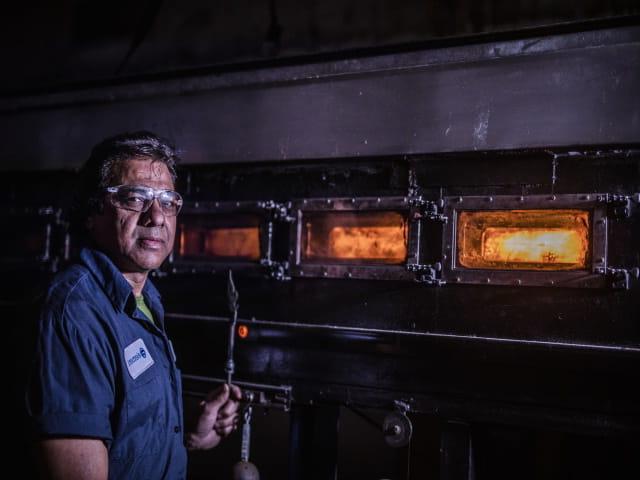Steiner Tunnel tests measure the surface burning characteristics of interior finish materials and assemblies used in buildings, which is critical to understanding how materials react during a fire. Using the ASTM E84, UL 723, CAN/ULC-S102, and CAN/ULC-S102.2 test procedures, we can help you achieve safety and ensure compliance with building codes, local jurisdictions, or industry requirements.
These tests are designed to determine the relative ability of building interior finishes, such as walls, ceilings, and flooring, to resist a moving flame front across their surface while at the same time limiting smoke production.
The results provide comparative measurements of surface flame spread and smoke development of materials. Code officials and regulatory agencies can use them in the acceptance of interior finish materials for various applications.
Steiner Tunnel test procedures
Element's highly qualified materials experts provide the Steiner Tunnel test in accordance with the most frequently specified standard test methods for surface burning characteristics of building products in North America and the Middle East. The most common tests are ASTM E84, UL 723, CAN/ULC-S102, and CAN/ULC-S102.2.
ASTM E 84 is procedurally similar to UL 723, and the two tests are often cited together as equivalent by many building codes and authorities. Materials are ceiling-mounted in the horizontal tunnel. CAN/ULC-S102 is the Canadian version of Steiner Tunnel testing and is closest in similarity to ASTM E 84 and UL 723, also utilizing the ceiling-mounting method. CAN/ULC-S102.2 is a floor-mounted version.
The testing can be utilized in the product development stage as part of on-going quality assurance programs or for compliance with building codes and jurisdictional requirements.
Ceiling-mounted Steiner Tunnel test: ASTM E84, UL 723, AND CAN/ULC-S102
The test apparatus is a large-scale, horizontal furnace chamber into which a 24-feet long by 21-inch wide test specimen is inserted to form the ceiling of the tunnel, facing the floor of the apparatus.
During the ten-minute tests, materials are tested for flame spread when exposed to a large gas burner's direct flame impingement. Air and combustion products are moved through the tunnel by a ventilation system at a controlled velocity. The flame front's progress across the test material is measured by visual observation through windows built into the tunnel, while the smoke developed from the test assembly is measured downstream from the apparatus as a calculated product of photocell obscuration.
Floor-mounted Steiner Tunnel test: CAN/ULC-S102.2
For materials that are typically installed facing upward (i.e., flooring) or materials that melt and drip in a ceiling-mounted scenario, Canadian authorities require CAN/ULC-S102.2 testing instead of CAN/ULC-S102. The apparatus is configured in the same manner as CAN/ULC-S102 testing. The notable exceptions of the specimen being mounted on the apparatus's floor and the test burner being re-positioned to point downward at the specimen. Similar values to the ceiling tests are recorded and are reported.
Experts in building materials testing
Element’s extensive knowledge of building materials allows us to provide highly specialized and value-added material testing services. Our fire testing experts also offer a wide range of other reaction-to-fire tests that help to not only improve a manufacturer’s knowledge of a product but also to provide a competitive advantage by demonstrating the product’s superior reaction-to-fire qualities.
Partnering with Element helps you make certain that your materials are safe and suitable for their intended applications. To learn more about the Steiner Tunnel test, the differences between the various versions of the test, or for more information about our material and fire testing services, contact us today.
More from Element
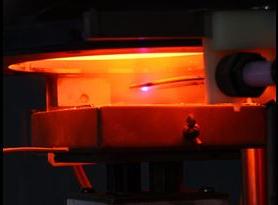
Cone Calorimeter Testing
Find out how our fire testing experts use their experience to analyze how a material or product responds to a controlled fire challenge.
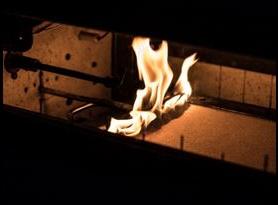
Radiant Panel Test
Find out how Element provides reaction-to-fire testing through the radiant panel test method for construction projects to comply with all relevant building codes.
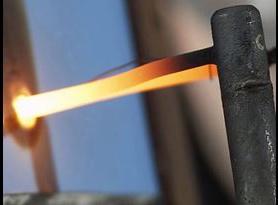
Reaction To Fire
Find out how Element's reaction to fire testing services help to provide a competitive advantage by demonstrating the product’s superior reaction-to-fire qualities.
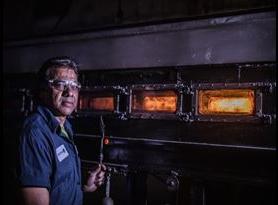
Steiner Tunnel Testing
Learn about reaction-to-fire testing on interior finish materials. A white paper on the differences between ASTM E84 and CAN/ULC-S102 Steiner Tunnel tests.
